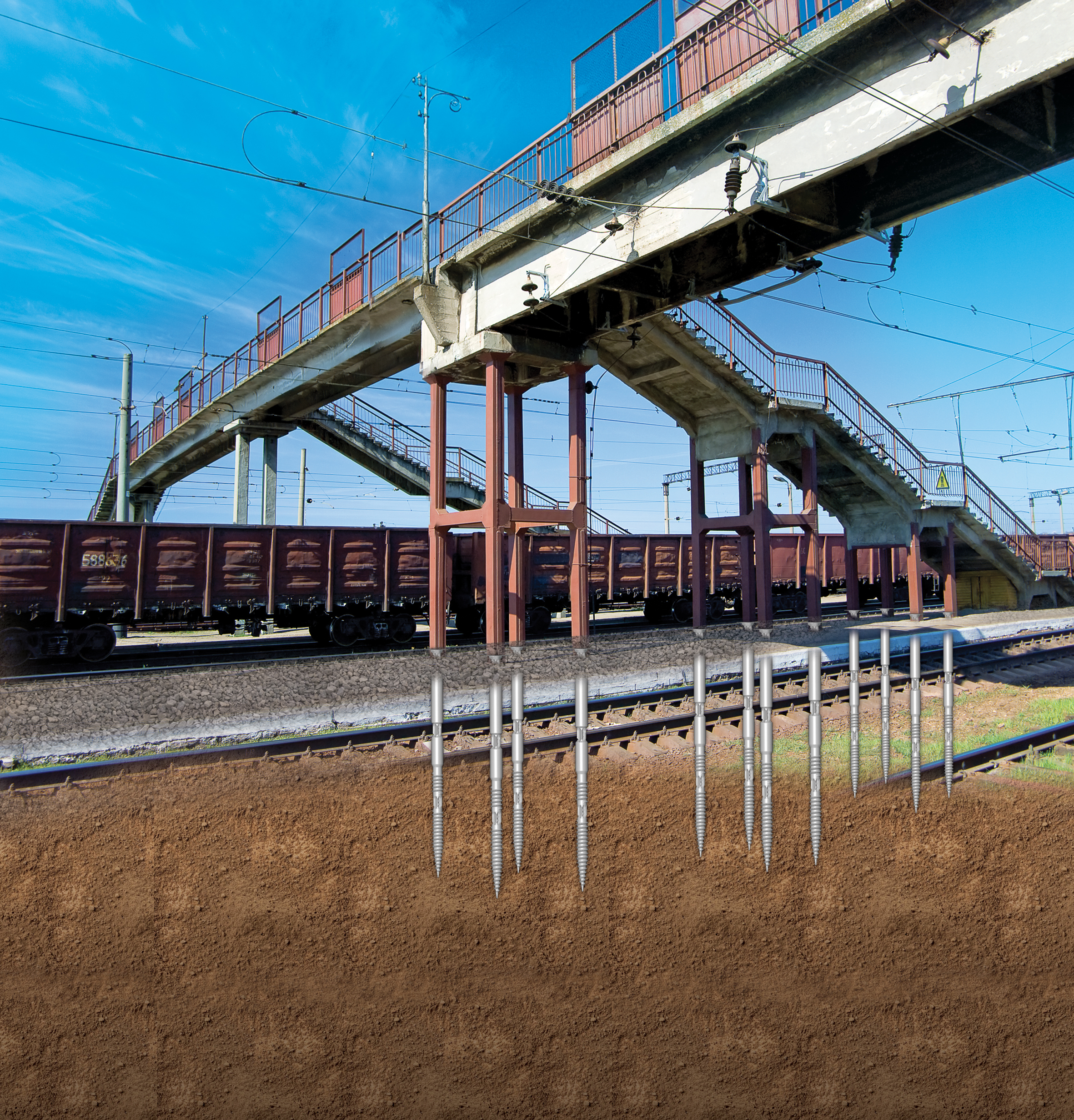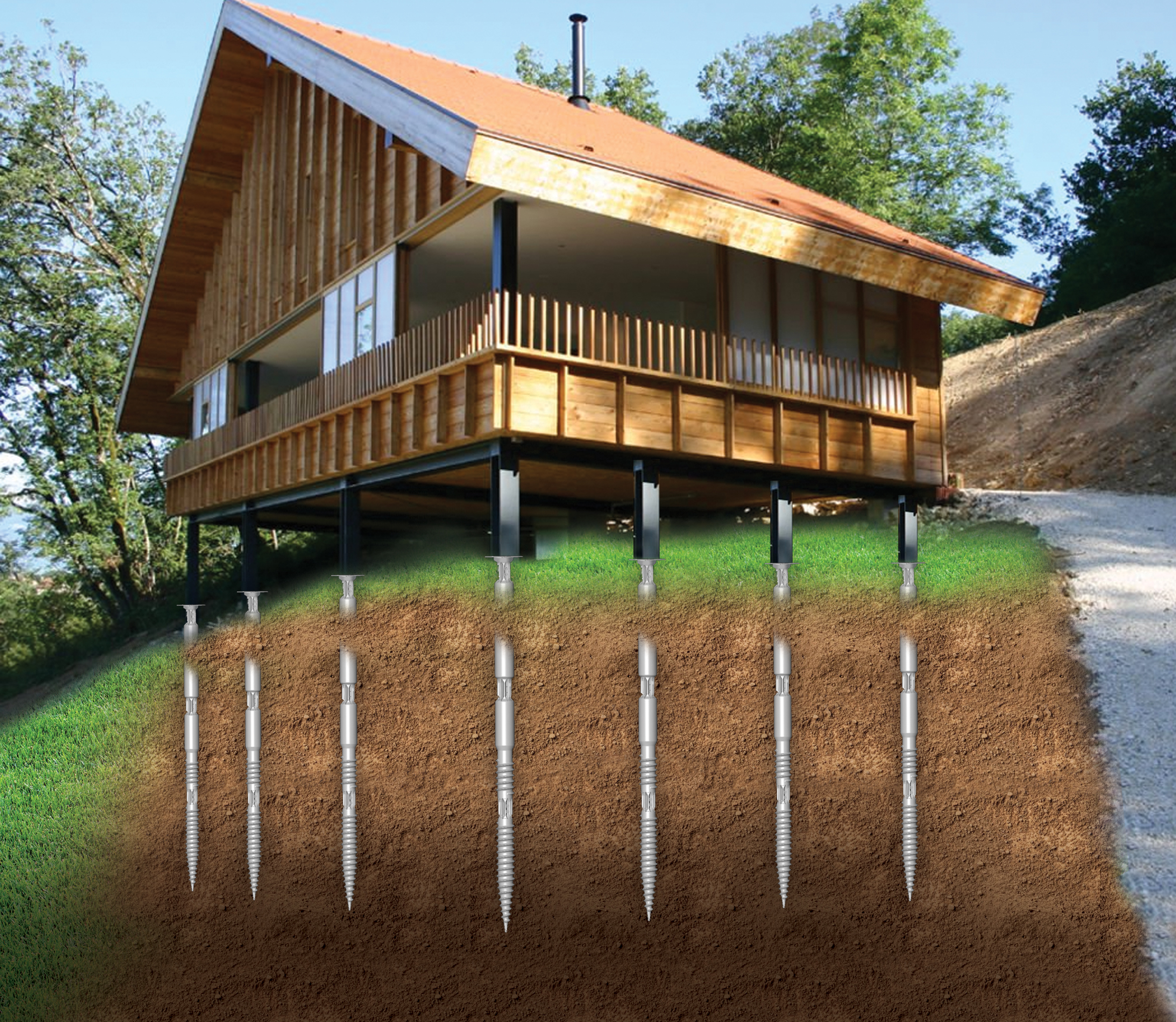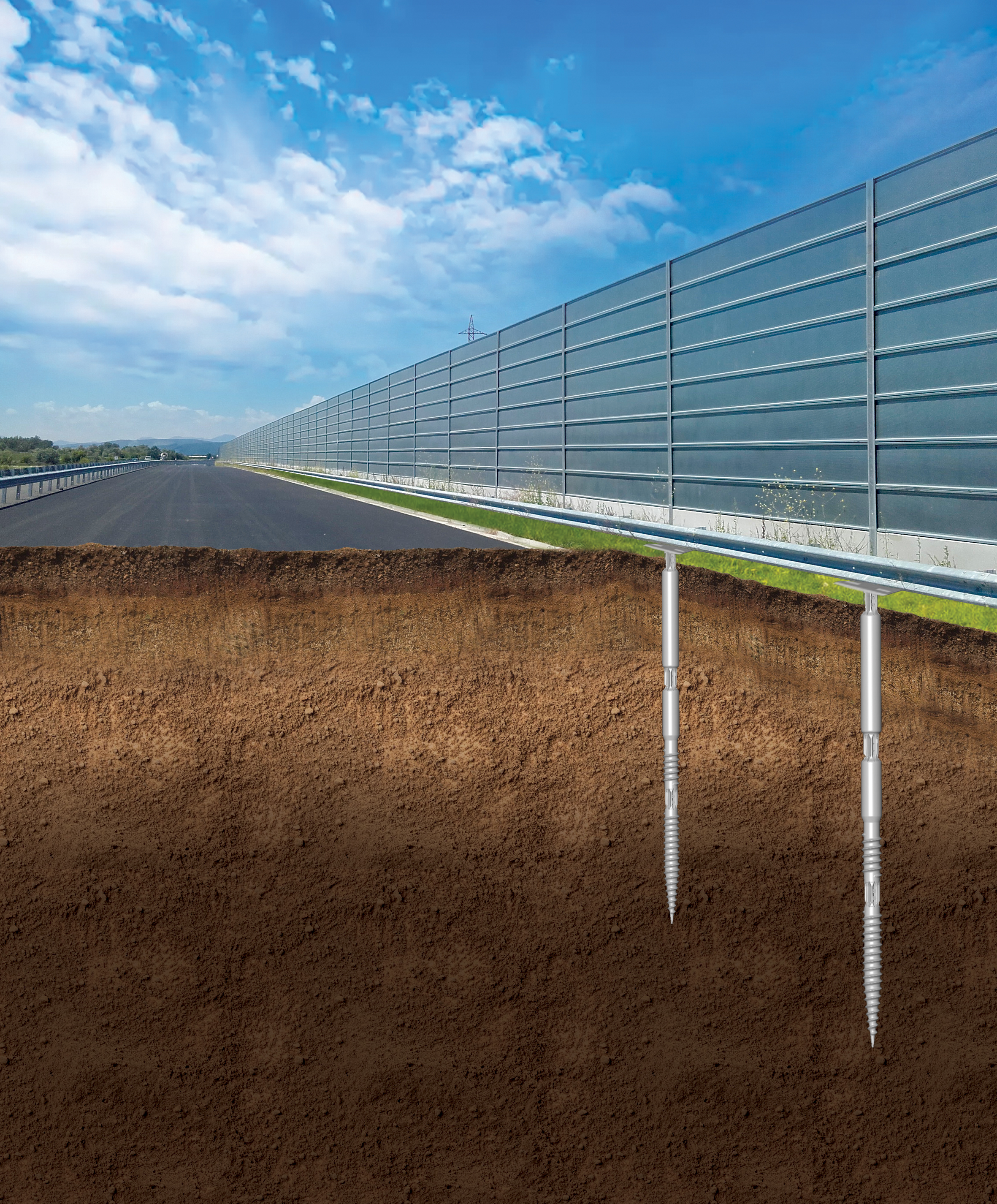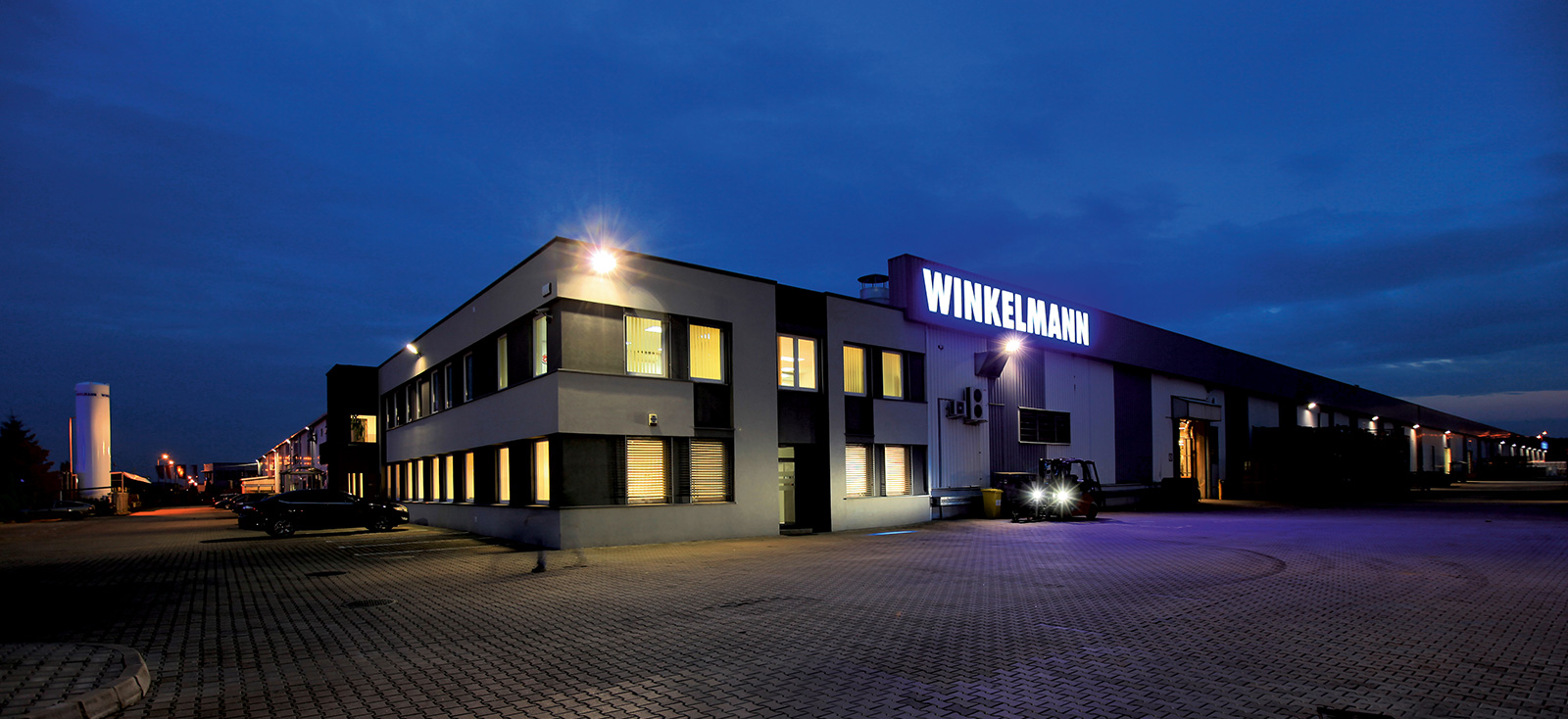Knowledge Base
Innovations in construction
Modern construction is undergoing a fundamental transformation. In an era of growing environmental awareness, the need for faster project execution, and the constant pursuit of cost savings, the construction industry is turning to innovative technological solutions. These groundbreaking changes not only improve the efficiency of construction processes but also address challenges related to environmental protection and sustainable development.

Key Directions of Innovation in Construction
Sustainable Development and Ecology
Modern construction increasingly focuses on minimizing its impact on the natural environment. European standards, such as ESG (Environmental, Social, Governance) criteria and the EU Taxonomy, require investors to significantly reduce the carbon footprint of their projects. This evolution is not solely driven by legal regulations—there is also growing social pressure to implement green investments.
Eco-friendly solutions bring tangible economic benefits. These include lower operating costs of buildings, faster administrative procedures, and the ability to obtain environmental certifications that increase the market value of properties. Additionally, technologies that reduce the use of concrete eliminate the need for technological breaks, significantly shortening project timelines.
Prefabrication and Modularity
The industrialization of construction processes is another key trend. Prefabrication enables the production of structural elements in controlled factory conditions, ensuring high-quality execution and significantly accelerating construction timelines. Modular construction systems allow for flexible building designs and their subsequent expansion or adaptation to changing user needs.
Digitization and Automation
Digital technologies are revolutionizing the way construction projects are designed, executed, and managed. BIM (Building Information Modeling) systems enable three-dimensional modeling of structures, incorporating all technical aspects, which significantly reduces the risk of design errors and clashes between installations.
Drones are used to monitor work progress, inspect hard-to-reach structural elements, and perform precise land measurements. 3D laser scanning allows for accurate mapping of existing structures and infrastructure, which is particularly valuable for renovations and expansions.
Innovative Foundation Technologies
Foundations form the basis of any structure, making innovations in this area crucial for the entire construction industry. In addition to traditional concrete solutions, alternative foundation technologies are gaining popularity.
Micropiles and CFA Piles
Micropiles are steel rods with diameters ranging from 100 to 300 mm, drilled deep into the ground. They are characterized by high load-bearing capacity and can be used in challenging soil conditions. CFA (Continuous Flight Auger) piles, on the other hand, are large-diameter drilled piles constructed using a continuous auger method, ensuring excellent control over the execution process.
Geosynthetic Reinforcements
Geogrids, geotextiles, and other geosynthetic materials are revolutionizing soil reinforcement methods. They enable the construction of foundations on weak soils, significantly reducing the need for soil replacement or deep excavations.
Screw Piles – A Breakthrough in Foundation Technology
Screw piles hold a special place among innovative foundation solutions. These are steel structural elements equipped with a threaded tip, which are screwed directly into the ground using specialized equipment. This technology eliminates the need for excavations, formwork, or concrete foundations.


Screw Pile Technology
Principle of Operation and Design
Screw piles consist of a steel tube of a specific diameter (usually between 89 and 324 mm) with a threaded end that ensures effective penetration into the ground and load transfer. The pile head is designed for direct connection to the above-ground structure.
The installation process involves screwing the pile into the ground using specialized equipment that provides the appropriate torque and ensures vertical alignment. The entire process is monitored, allowing for real-time control of load-bearing capacity and execution quality.
Technical Advantages of Screw Piles
Speed of Execution: The primary advantage of screw piles is their rapid installation. Installing a single pile typically takes only a few minutes, enabling the foundation for an average single-family home to be completed within a single workday.
Immediate Load-Bearing Capacity: This eliminates the need to wait for concrete to achieve the required strength. The structure can be loaded immediately after pile installation, significantly accelerating project timelines.
Versatility: Screw piles can be used in a variety of soil conditions, including sandy, clayey, and high-moisture soils.
Precision: The position and vertical alignment of each pile can be precisely controlled during installation. Modern measurement systems achieve execution tolerances of just a few millimeters.
Environmental Benefits
Zero Carbon Footprint from Concrete: Screw piles eliminate the use of concrete, which is crucial for obtaining environmental certifications like LEED or BREEAM. This also avoids emissions associated with concrete production and transportation.
No Construction Waste: The installation process does not require excavations or soil removal, keeping the construction site clean and undisturbed.
Full Dismantling and Recycling: Screw piles can be unscrewed and reused after the structure's lifecycle, aligning with the principles of a circular economy.
Silent, Vibration-Free Installation: This minimizes disturbances to the surroundings, which is particularly important in urban areas and near existing structures.
The Future of Construction – Screw Piles
Screw piles are an ideal example of innovation in construction. They combine economic efficiency, environmental responsibility, and high technical performance. In a world where project timelines, execution precision, and environmental impact are critical, such solutions are becoming not just an alternative but often the preferred choice for investors and contractors.
The development of screw pile technology and other innovative construction solutions reflects the maturity of an industry actively seeking answers to modern challenges. The future of construction belongs to technologies that effectively balance business needs with environmental protection, and screw piles are a perfect example of this approach.


Do you have a project or a question?
Are you interested in our offer?